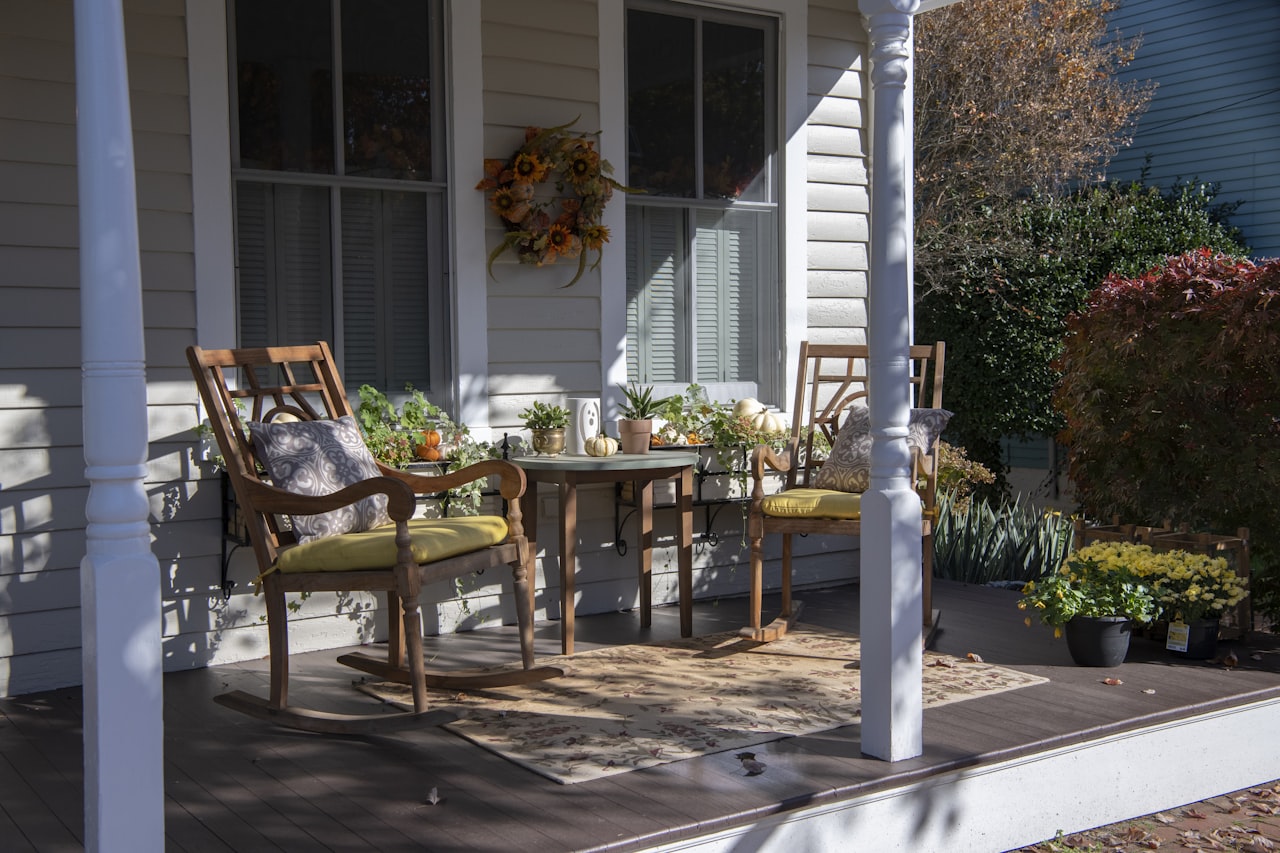This spring, people across the nation have been asked to stay safe at home in response to the COVID-19 pandemic. Here are 14 activities that will keep your little ones busy while we’re all stuck inside
1. Puppet Show
This tried-and-true method of entertainment goes a long way when you’re staying inside. You can make puppets out of anything. Any stuffed animal you have lying around can become the perfect main character for a new, original play. For an added craft, consider making sock puppets to perform with. This is a hands-on way to breathe new life into any stray socks, loose buttons, or leftover yarn.
2. Dance Party
If your littles have the wiggles, pop on a playlist and dance your sillies out. Curate a playlist with your kids’ favorite songs (and yours!) or throw on a soundtrack from one of their beloved animated movies. Using neck scarves as dance props or tightly sealed spice containers as shakers is a lively way to spice up the party. The only rule is to have as much fun as possible.
3. Scavenger Hunt
Scavenger hunts can be done a million different ways, which is ideal when you’re looking for activities to fill the days. These can be done in any space, indoors or out in the yard, and the difficulty can be easily adjusted to suit your child. This is an excellent educational activity to tie in with a lesson, especially for children who have now moved to online classwork or homeschooling. One example of a themed scavenger hunt would be to read Curious George Discovers the Rainbow by H.A. Rey and discuss what George learns about colors and light on his adventure. Then, for the scavenger hunt, have the kids find items around the house to match each color. Tailor your hunts to match your child’s interests to make the most out of the game.
4. Living Room Camping
If you can’t explore the great outdoors, you can at least pretend. Pitching a tent in the living is a useful way to practice for real camping, and sleeping on the living room floor can be a nice break from routine living. Make s’mores, tell scary stories, and stay up too late just like you would around a campfire. If you don’t have a tent, build a blanket fort out of dining room chairs and comforters. Invite all your favorite stuffed animals, talk about nature, and enjoy this time with your family.
5. Story Time
No matter what age your kids are, finding something to read together is a wonderful way to spend quality time with each other. Reading with your child has shown to improve emotional intelligence, especially from a young age. Introducing children to literature as early as possible can influence their perception of books, assist with their literacy acquisition, and impact their attitude toward reading in the future. If your children are at a higher reading level and prefer to read alone, carve out a time for the family to read at the same time. Afterward, you can open a conversation with your child about the pages they’ve read to promote critical thinking. If your child has struggled to meet Accelerated Reading goals, now is the time to remind them how pleasurable reading can be. Whether you’re reading comic books or chapter books, this bonding time will bring you closer together.
6. Sensory Bin
Sensory bins have become an increasingly popular activity for young children. Essentially, sensory bins are tubs filled with materials your child can explore while using their senses, and the beauty of them is that they can be as simple or as elaborate as you want to make them. One way to make a basic sensory bin is to fill the bottom of the container with rice or beans, add whatever figurines you have on hand — dinosaurs, bugs, or cars — and throw in a plastic shovel, a dump truck, or a spoon so that there is something to scoop with. Then, step back and watch your child play. It doesn’t need to be fancy to be effective. Some fillings include squares of tissue paper, birdseed, colored pasta, and aquarium rocks. Whether you opt for a themed sensory bin, like this space-themed bin with homemade moon sand, or something more generic, your child will love this engaging sensory play.
7. Indoor Bowling
This sport can be easily adapted to inside play, and you don’t even need a bowling set. Create your own alley with tape lanes. You can make your own pins by using empty bottles, paper towel rolls, or aluminum cans, and anything that rolls works as a makeshift bowling ball. Whether you keep score or not, this energetic activity is a good way to practice hand-eye coordination and is a perfect way to spend the afternoon.
8. Walking
Although we can’t gather together in public spaces, taking walks is still an encouraged way to stay active that can be safely adapted to social distancing mandates. Rather than being cooped up inside, add some pizzazz to your neighborhood stroll by pointing out different trees, flowers, and birds you see along the way. If you don’t feel safe or comfortable leaving the house, exploring your own yard is still an excellent way to get moving, get outside, and get some fresh air.
9. Baking
Whip up something delicious in the kitchen, and make memories at the same time. If your children are younger, letting them stir ingredients is a terrific way for them to get involved. With older children, let them choose the recipe and lead the process while you act as their sous chef. This is an inventive way to invite your children into the kitchen, discuss food science and nutrition, and eat something yummy while you’re at it. Regardless of what recipe you decide to make, the time you spend together with your children will be sweet.
10. Hide-and-Seek
Perhaps the most iconic game for an afternoon inside is hide-and-seek. With its simple objective and easy-to-follow instructions, this can keep everyone busy for hours. Playing has been proven to be an important part of a child’s development, and hide-and-seek can help hone your child’s agility, balance, and stamina. Additionally, if your child has experienced separation anxiety, a game such as hide-and-seek could help reinforce the idea that you are able to reunite after being apart. Plus, having your child practice counting to and from ten before they seek is great practice for learning numbers. Aside from everything, the game itself is simply fun!
11. Kids’ Concert
Dinner and a show, anyone? Let your children entertain for the evening by encouraging them to stage their own concert. For an added craft, have them color event “tickets” earlier in the day or let them create their own concert programs with whatever coloring supplies you have on hand.
Learning music skills is proven to help cognitive development in children. Improving everything from visual and spatial reasoning to short-term memory, engaging with music is beneficial for your child. If you don’t have any instruments on hand, don’t worry. Turn pots and pans into a drum set, raise your voice for an a cappella performance, or simply let them play the songs they love straight from the MP3. Make your own maracas by filling empty water bottles with rice, corn kernels, or peppercorns. You’re never too young to rock and roll.
12. Retro Game Night
Who can resist a suspenseful game of Jenga? Break out all your favorite board games and gather around the table for an evening of laughs and friendly competition. Games can be an effective way to practice social skills, problem-solving and decision-making, and communication. Card games like Uno and Go Fish can assist younger children with number recognition and matching. Plus, you can’t win every time. Games can help your child practice good sportsmanship. Who knew a game of Connect 4 or Candy Land could be so educational?
13. Birdwatching
If you can’t go to the park or the woods safely right now, grab a pair of binoculars and birdwatch from your windows. Practice naming the birds you see to encourage memory development. Connecting with nature while indoors can be as easy as gazing out the window.
14. Gardening
This long-term goal of gardening is that your child can watch things grow right before their eyes. If you don’t have the space for an outdoor garden or simply want to minimize the mess, try growing lima beans indoors. This quick-growing legume can be planted in a Mason jar with moist cotton balls. Before you know it, roots will be growing and beans will be sprouting.
Hopefully, you are able to cherish this unprecedented time at home with your family. Now more than ever, you should love where you live. Don’t hesitate to contact me today if you’re interested in learning more about San Francisco real estate listings and San Francisco, California, real estate.




























































































